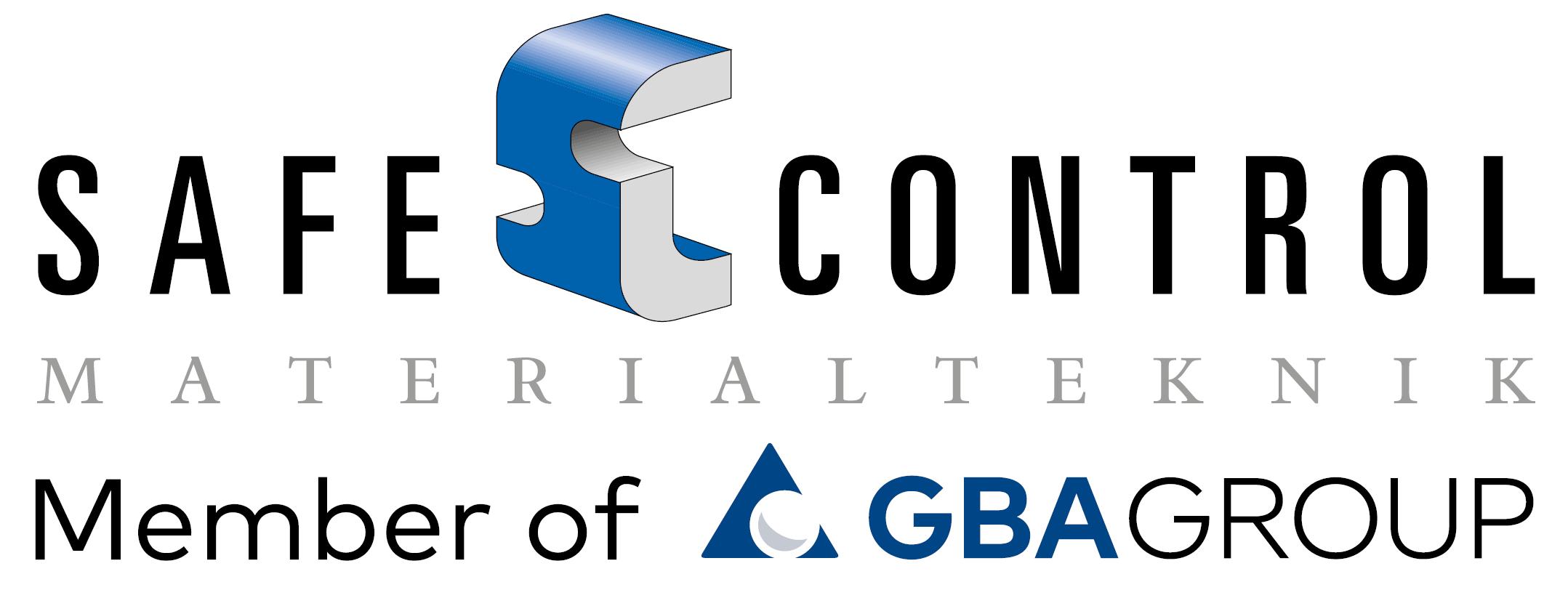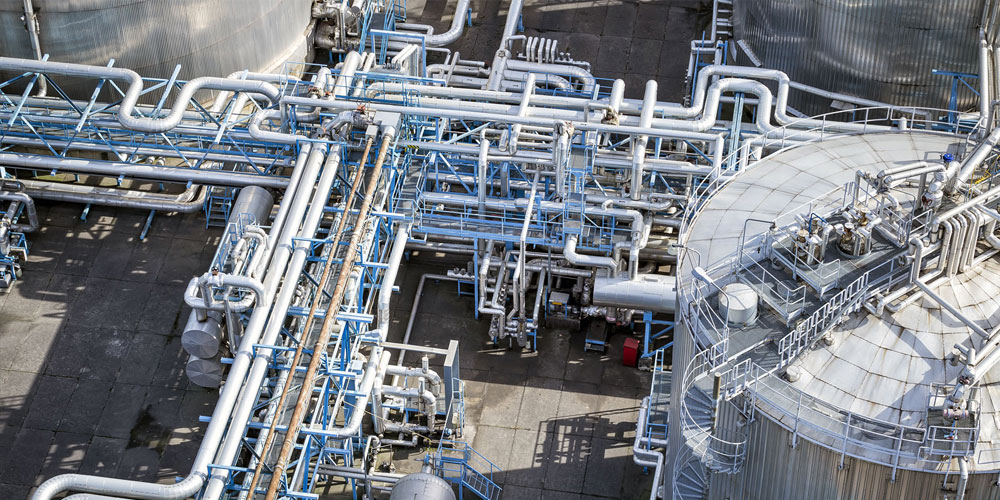PFAS
PFAS (per- and polyfluoroalkyl substances), also known as highly fluorinated substances, are a group of chemicals used in a wide range of products. Studies have shown that high levels of PFAS can negatively affect health by disrupting hormonal processes, weakening the immune system, and increasing the risk of cancer.
PFAS are found in various products such as textile waterproofing agents, coatings for cookware, firefighting foams, and flame retardants. PFAS compounds are extremely resistant to degradation, which is why they are referred to as “forever chemicals.” Today, PFAS can be found in the environment worldwide and in nearly all humans and animals that have been tested.
Health Hazards
Studies have shown that high levels of PFAS can negatively impact health by interfering with hormonal processes, reducing immune function, and increasing the risk of cancer. PFAS have also been found to be harmful to aquatic organisms and can affect ecosystems in the long term.
PFAS are widespread in the environment and can be found in food, air, and dust. Most people are primarily exposed through indoor environments and food, such as fish, eggs, fruit, and drinking water. If drinking water is contaminated, it can be a major source of exposure. Fish from affected areas may also contain high levels of PFAS. Other potential sources of exposure include PFAS-containing hygiene and cosmetic products.
PFAS Analysis
PFAS analysis typically involves extracting PFAS from samples, followed by a purification process to remove unwanted contaminants. The samples are then analysed using techniques such as gas chromatography combined with mass spectrometry (GC-MS).
The results of PFAS analysis provide information on the amount of PFAS in the samples, which can be used to assess human and environmental exposure and to identify potential sources of contamination.
Where PFAS can be found:
- Indoor environments
- Food
- Drinking water
- Hygiene and cosmetic products
- Coatings on cookware
- Textile waterproofing agents
PFAS are highly persistent
PFAS are used in virtually all industries and in a vast number of consumer products. In 2020, PFAS production within the EU amounted to 350,000 tons, with emissions from production and consumption estimated at 75,000 tons annually. PFAS compounds are extremely persistent, and some remain in the environment indefinitely, such as the widely recognized PFAS compound PFOS (Source: Swedish Society for Nature Conservation).
Regulations
The Swedish Food Agency’s regulations (LIVSFS 2022:12) on drinking water set limit values for PFAS. The regulations are based on the European Food Safety Authority (EFSA)’s health-based guideline value for PFAS 4 from 2020 and include two limit values: PFAS 4: 4 ng/l and PFAS 21: 100 ng/l.
The PFAS 4 limit includes the substances covered by EFSA’s health-based guideline value (PFOA, PFNA, PFOS, and PFHxS). The PFAS 21 limit includes PFAS 4 plus additional PFAS compounds. These limit values for PFAS will be enforced starting January 1, 2026.
Contact person
Catarina Wernlund
Head of Environment
Phone: +46 (0)31-65 64 93
Catarina Wernlund
Head of Chemistry
Phone: +46 (0)31-65 64 93
first.lastname@safecontrol.se

Accreditation
Safe Control Materialteknik AB is accredited since 2001 and has had flexible accreditation since 2016.
All testing takes place against European and international standards.
See our Scope of Accreditation »






